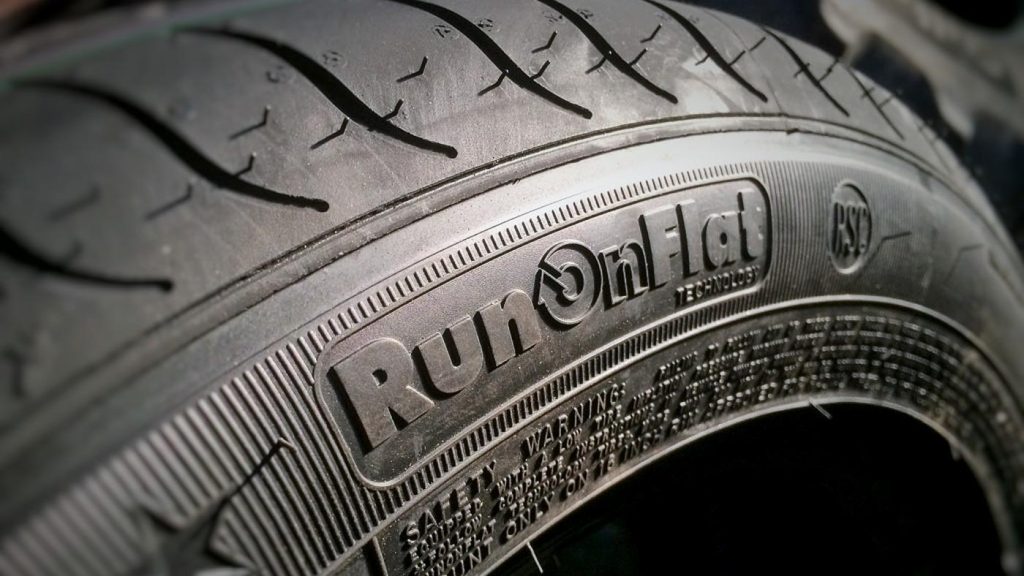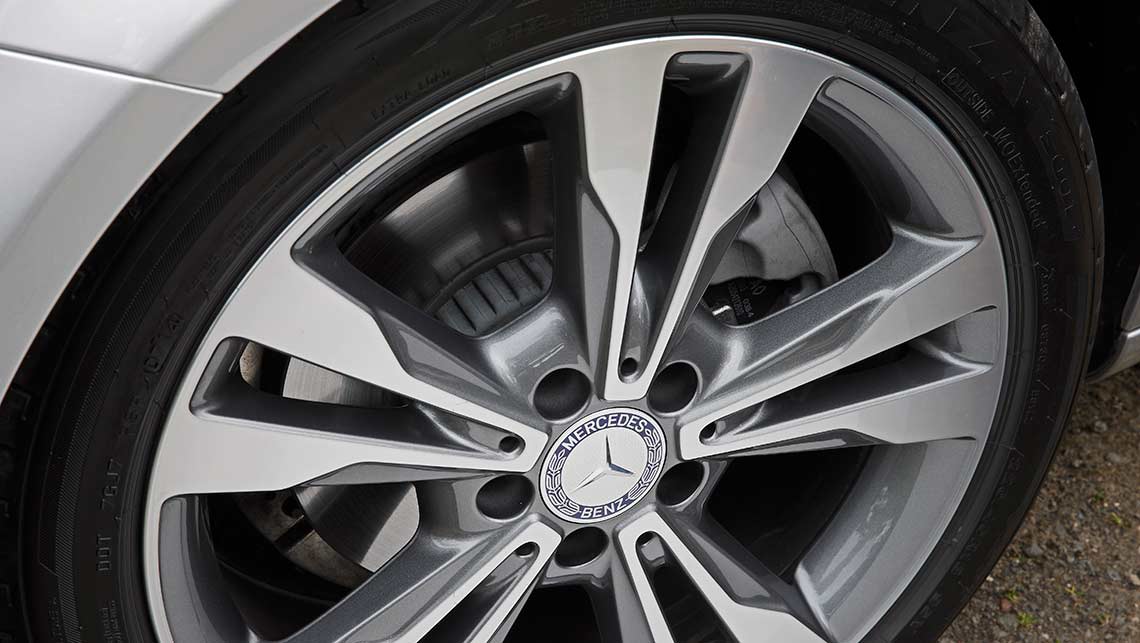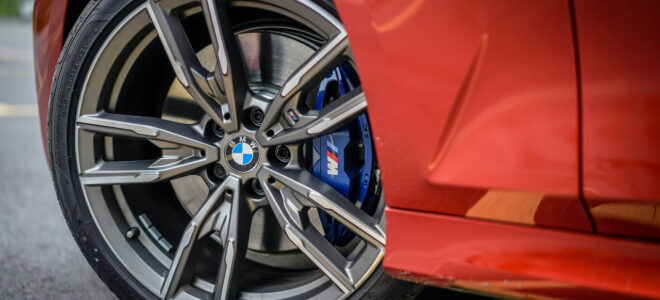From everyday drivers to professional racers, the world of tyres has seen a huge revolution with the advent of run-flat tyres. These innovative tires offer both convenience and safety for those who want to stay on the road even when their tires become damaged or punctured.
In this article, we will explore the benefits and limitations of run-flat tyres, looking at how they can improve performance while also making sure you are safe in any situation. We’ll look at why these new tyres have become so popular among drivers around the world and examine what makes them unique from traditional models.
Finally, we’ll discuss whether run-flat tyres might be right for you or not!
Benefits of Run-Flat Tyres

Source: www.tyresnalloys.com
Run-flat tyres offer several advantages over normal tyres. The most important benefit is that run-flat tyres are designed to be driven on even when punctured, allowing drivers to maintain control and reach their destination safely.
This means that if you get a flat tyre while out on the road, you don\’t need to worry about changing it right away – instead, you can continue driving until your destination or the nearest garage. Run-flat tyres also reduce the risk of having an accident due to sudden tyre deflation as they provide extra stability for vehicles at low tyre pressures. Additionally, run-flats also require less frequent maintenance than standard tyres since they have reinforced sidewalls which help protect them from damage caused by potholes and other road hazards.
Furthermore, in comparison with regular tyres run-flats are lighter so they improve fuel efficiency and reduce emissions making them better for the environment too!
Limitations of Run-Flat Tyres

Source: www.carsguide.com.au
Run-flat tyres are a great invention that can help drivers in certain situations, however, they also come with some limitations. For one, run-flat tyres are much more expensive than regular tyres and this cost is often passed on to the consumer.
Additionally, although these types of tyres may allow you to drive for a short distance after being punctured or losing air pressure, it’s not advisable — as the tyre needs to be replaced immediately afterwards due to lack of support. Furthermore, run-flat tyres don’t provide the same level of comfort while driving as standard ones do; because they offer less cushioning for bumps and potholes in the road.
Lastly, because of their unique design and construction materials (which enable them to remain durable enough even when flat), run-flat tires tend to wear out faster than traditional tires. As such they need replacing more frequently which adds further expense over time.
Conclusion

Source: www.autoecosse.com
Overall, run-flat tyres have many benefits to the driver and passenger alike. They provide increased safety in the event of a puncture or blowout, as well as improved handling and stability – even at higher speeds! Additionally, they are designed for longer wear than conventional tyres; this means that drivers can benefit from more miles per set of tyres.
However, it is important to remember that there are some limitations with run-flat technology such as decreased ride comfort due to stiffer sidewalls and potentially higher costs for replacement tyres. All things considered, if you are looking for an increased level of safety on your roads then investing in a set of 265/65R17 run-flat tyres may be just what you need.




